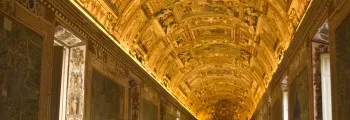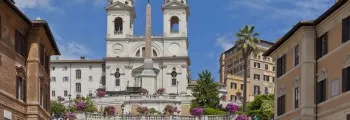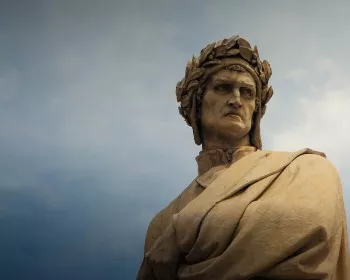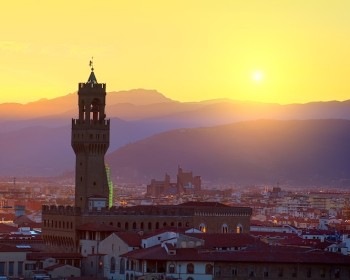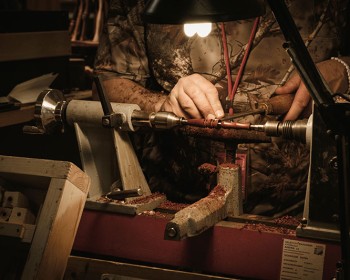Whether they knew it through movies or books, Florence has always had a great power in fascinating people. Cultural, artistic, commercial, political and financial center, Florence became the most important city in Italy during the governments of the Medici and Lorena families and also the capital city of the Reign of Italy until 1871, when the Renaissance ended. It is considered the place where the Renaissance was born, universally known as the crib of art and architecture and definitely one of the most stunning cities in the world, thanks to the wide variety of monuments and museums you can admire there.
The Church of Saint Felicita, one of the oldest churches in the city, dates back to the Roman era and you can still find rests of old graves in the undergrounds of the Church: probably ancient Christian Catacombs. Some of the gravestones have Greek inscriptions, since there were Syrian merchants living in the area before the Romans and it was them bringing the Christianity in the city.
On the facade of the Church there is a loggia from which you can look directly onto the Church and rich families used to reach that loggia through a special corridor and attend mass without mixing with the others. This Corridor is best known as Vasari Corridor, as Vasari is the name of the architect who built it. It was commissioned from Medici Family to Giorgio Vasari, the same artist who was commissioned for Uffizi Gallery, with the aim to connect Old Palace with Pitti Palace, Medici’s private abode. Walking on Old Bridge, head up and you will see the Corridor like suspended in the air, characterized by a series of panoramic windows facing the Arno. In 1595 it was decided that butchers had to stop selling meat on the bridge, rule that is still applied, and only gold merchants were not forbidden from it. Nowadays the Vasari Corridor is part of the Uffizi Gallery and it displays the best collection in the world in terms of self-portraits and portraits from centuries XVII-XVIII.
Discover our Private Tour of Uffizi Gallery and Holy Cross Church!
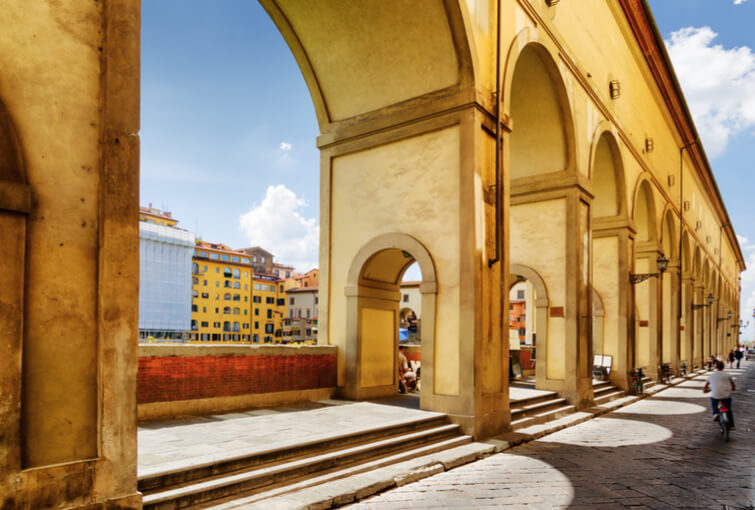
From the Corridor you can get to Signoria Square, where Old Palace is located. At the first floor of the Old Palace you can find the “alchemic Studiolo” from Duke Francesco I, where the duke used to do all his researches about magic and alchemy, probably something merely theoretical. Vasari painted the Studiolo but the only things that still remains are the paintings of the original four elements. After many years, in 1920, it was decided to reproduce this studio in the underground of Science and History Museum in Florence, maybe due to the fact that Francesco I was probably the first to discover the secret on how to melt crystals and make vases with it.
In front of Old Palace you will see several statues and, among these, the copy of Michelangelo’s David is exactly at the entrance, while the original one is kept inside the Gallery of the Academy of Fine Arts.
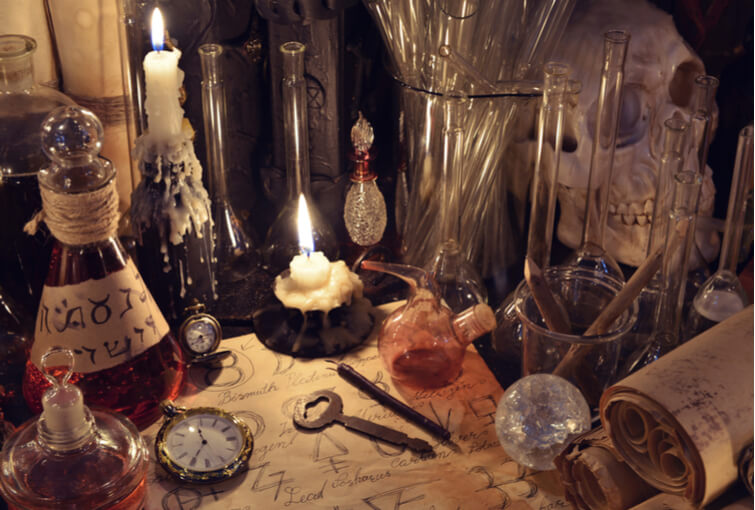
More Hidden Gems in Florence
Let’s go ahead talking about Santa Margherita de’ Cerchi Church, also known as Dante’s Church, the ancient and beautiful church not so far from Dante’s Museum House. Dante Alighieri is one of the most important poets of the Italian literature and also the author of the world's cultural masterpiece “Divina Commedia”: extraordinary work written in Tuscan dialect, which became then the base of the Italian language. The peculiarity of this Church is linked to the traditional belief that Dante Alighieri met exactly in this Church his beloved Beatrice Portinari, when they were just 9 years old. Furthermore, it is exactly here that Dante married his wife Gemma Donati. Even if these are just popular legends, the little Church is still the main destination for those who love the romantic story of Dante and Beatrice and, due to the strong emotional power of the couple, sometimes tourists also want to write letters to them and leave their letters in the Church where of course they stay to keep.
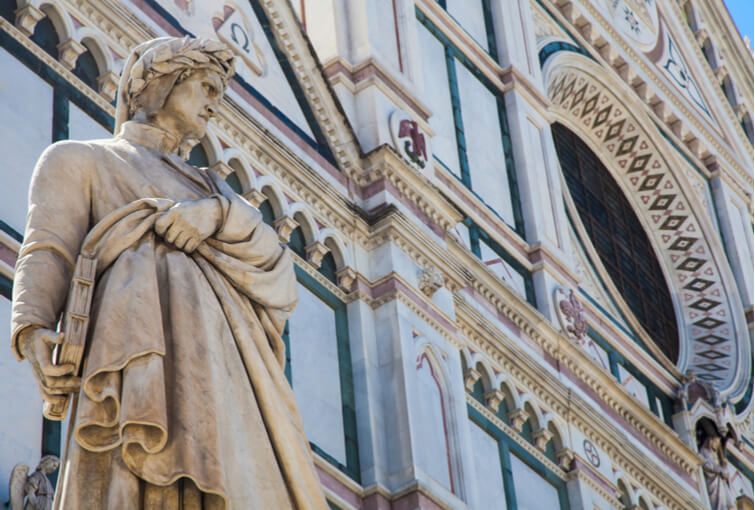
The Baptistery is the next building, where interesting inscriptions and decorations hide old history behind. From the Baptistery you are allowed to visit Saint Mary Major and the famous “Berta”, a woman marble half-bust. According to a traditional belief, this is the head of a woman looking out the window while the astrologist Cecco d’Ascoli was bounded to a stake because of witchcraft. She cried to the people not to let him drink water because she knew that thanks to a deal with the devil, the astrologist would have saved himself. Cecco got burned alive, but first he cursed Berta telling that she would have never taken her head out of there. Of course, the most truthful option is that the bust is just the rest of a Roman statue used to embellish houses during the Middle Ages.
We hope this article fulfilled my aim to raise your interest in the enchanting Florence. If you have already been to Florence, why don’t you get the chance to visit this secret Florence off the beaten path? I mean, there so much left to see that you won’t regret it!
Tchaikovsky said that, among the foreign cities he visited, Florence became the one he preferred because the most you live there, the most you get to love it. He thought that there was something so welcoming in the secret Florence, able to made he feel home.
More about Firenze:

